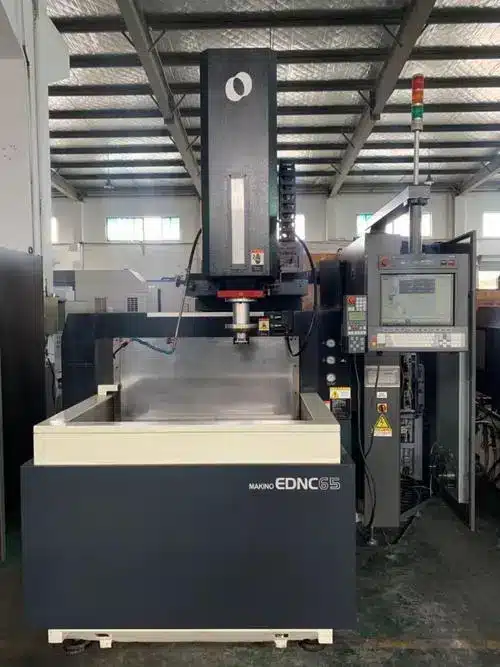Common Defects in Injection Molding and How to Avoid ThemIn order to open the market, injection molding factory Constantly improve the ability of business development and create an extraordinary brand image for it. https://bfymold.com
Injection molding is a highly efficient and versatile manufacturing process, but it has challenges. Defects can arise, leading to wasted materials, increased costs, and production delays. Manufacturers can ensure high-quality, reliable parts by understanding common defects and how to prevent them. Here, we explore some of the most prevalent injection molding defects and provide actionable tips to avoid them.
machine tool in metal factory with drilling cnc machines
CNC drilling factory
1. Warping
Warping occurs when different parts of the molded item cool and shrink at different rates, causing the part to twist or bend out of shape. This defect can compromise the structural integrity and appearance of the final product.
Prevention Tips:
Material Selection: Choose materials with uniform shrinkage rates. Semi-crystalline polymers tend to warp more than amorphous polymers.
Mold Design: Ensure uniform wall thickness throughout the part to promote even cooling. Incorporate ribbing to add strength without increasing wall thickness.
Cooling Rate: Control the cooling rate by optimizing mold temperature and coolant flow. Slow, uniform cooling reduces the risk of warping.
Gate Placement: Position gates strategically to ensure an even flow of material and consistent cooling.
Milling aluminum parts
Milling aluminum parts
2. Sink Marks
Sink marks are depressions or dimples that form on the surface of the molded part, typically over thicker sections where the material has cooled and shrunk unevenly.
Prevention Tips:
Material Choice: Use materials with lower shrinkage rates or those that are less prone to sink marks.
Part Design: Design parts with uniform wall thickness. Avoid thick sections, or use coring to hollow out thick areas.
Process Parameters: Increase packing pressure and duration to ensure sufficient material is fed into the mold cavity during cooling. Optimize cooling time to allow the part to solidify properly.
Mold Temperature: Maintain an appropriate mold temperature to facilitate even cooling.
Plastic bottle manufacturing metal mold.
Plastic bottle manufacturing metal mold
3. Bubbles (Air Traps)
Bubbles, or air traps, occur when air gets trapped in the mold cavity, leading to voids or bubbles within the part. These can weaken the part and affect its appearance.
Prevention Tips:
Mold Venting: Ensure proper venting in the mold to allow trapped air to escape. Venting can be achieved through the use of vents, runners, and gates.
Injection Speed: Adjust the injection speed to allow air to escape before the material fills the cavity. Slower injection speeds often help in reducing air traps.
Material Drying: Thoroughly dry hygroscopic materials before molding to prevent moisture from causing bubbles.
Gate Design: Optimize gate design and placement to ensure smooth flow and minimize turbulence that can trap air.
4. Flash
Flash is the excess plastic that seeps out of the mold cavity and solidifies, creating unwanted thin layers or protrusions along the parting lines.
Prevention Tips:
Clamp Force: Ensure sufficient clamping force to keep the mold halves tightly closed during injection.
Mold Maintenance: Regularly inspect and maintain mold surfaces to ensure they are clean and free of damage or wear.
Process Parameters: Optimize injection pressure and speed to prevent material from forcing its way out of the mold cavity.
Mold Design: Incorporate precise parting line tolerances and properly align mold components.